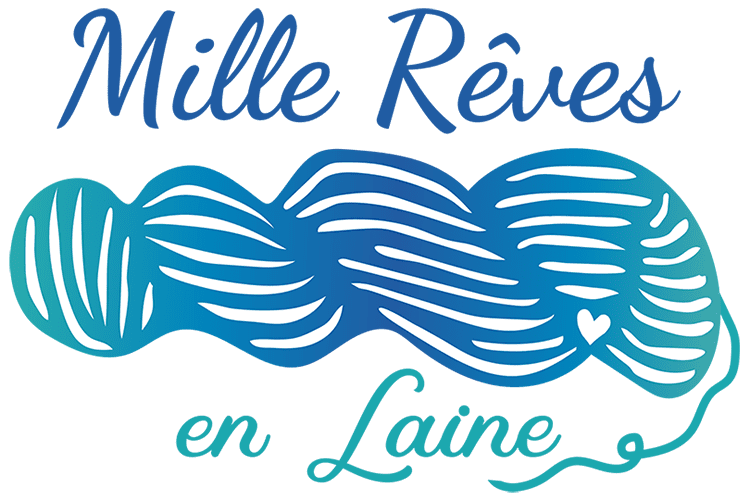Care for the Environment
I aim to care for the environment and look after our precious planet in everything I do in my personal life. My practices within ‘Mille Rêves en Laine’ are no exception.
Wool ‘production’ has a high carbon footprint compared to some other materials used to create fabric, so I take various measures to avoid adding to it.
Transport Emissions
In an effort to care for the environment:
– I keep transport emissions to the minimum I can by buying most of my undyed yarn from one large supplier who ships to me here in France directly from their European base. I also buy French wool from a group of local French farmers who work together to produce wool for hand-dyers.
Water Saving
My hand dyeing process involves a lot of thought about the amount of water I use and how my practices can help me care for the environment:
– The soaking water I use to soak the wool or yarn before I dye it, is re-used for the next batch.
– When the wool or yarn comes out of the dye bath and is then cool enough to be rinsed, I use a series of bowls of water, rather than using an open tap.- I use the most eco-friendly professional-grade dyes I can find.
– Only food-grade citric acid or white vinegar is used to fix the dye to the yarn. Both chemicals evaporate from the water during the dye process.
– I re-use any water I’ve used that still has any dye remnants to water my garden.
– I re-use clear water in the next dye bath.
Energy Saving
– My home studio here in France is never heated – I wrap up warmly on cold days!
– I dry all of my hand dyed wool and yarn naturally outside in the warm air,
– The tissue paper and boxes you receive your purchases wrapped in are all made from recycled materials and can themselves be recycled.
Th nylon ‘Problem’
I have a ‘bee in my bonnet’ about nylon! Because nylon doesn’t biodegrade, I aim to move away from using wool/nylon blends over time.
However…
– There is high demand, from sock knitters, for me to hand dye wool/nylon blends. I’m trying to encourage sock knitters to use pure BFL wool instead – while soft and beautiful enough to knit jumpers, cardigans, shawls, etc, it’s strong and durable enough to knit socks – no nylon needed! I still have some BFL wool/nylon yarn, but when I’ve hand dyed all of that, I will only be hand dyeing pure BFL wool – I just don’t believe there is a good reason to blend nylon with BFL!
– I do hand dye Merino wool/nylon yarns. Merino is a fine wool and is strengthened by the addition of nylon. This makes it suitable for sock knitting, although I don’t use merino wool/nylon blends to knit my socks anymore because I’ve noticed, after 9 years of knitting socks, that they don’t last as long as my pure BFL wool ones – none of which have yet worn out.
My continued use of wool/nylons blends is a bit of a concern for me, but I believe that crafters who use hand-dyed wool/nylon blends very rarely, if ever, send their creations off to landfill.
– These creations, whether knitted, crocheted or woven, are made with love and take hours of hard work to make.
– Hand dyed wool/nylon blends cost a lot more to buy than commercially dyed and processed wool/nylon blends.
Maybe I shouldn’t worry so much about nylon?
**For lots of information about the wonderful properties of wool, read my Blog post, Wooly Wonders

